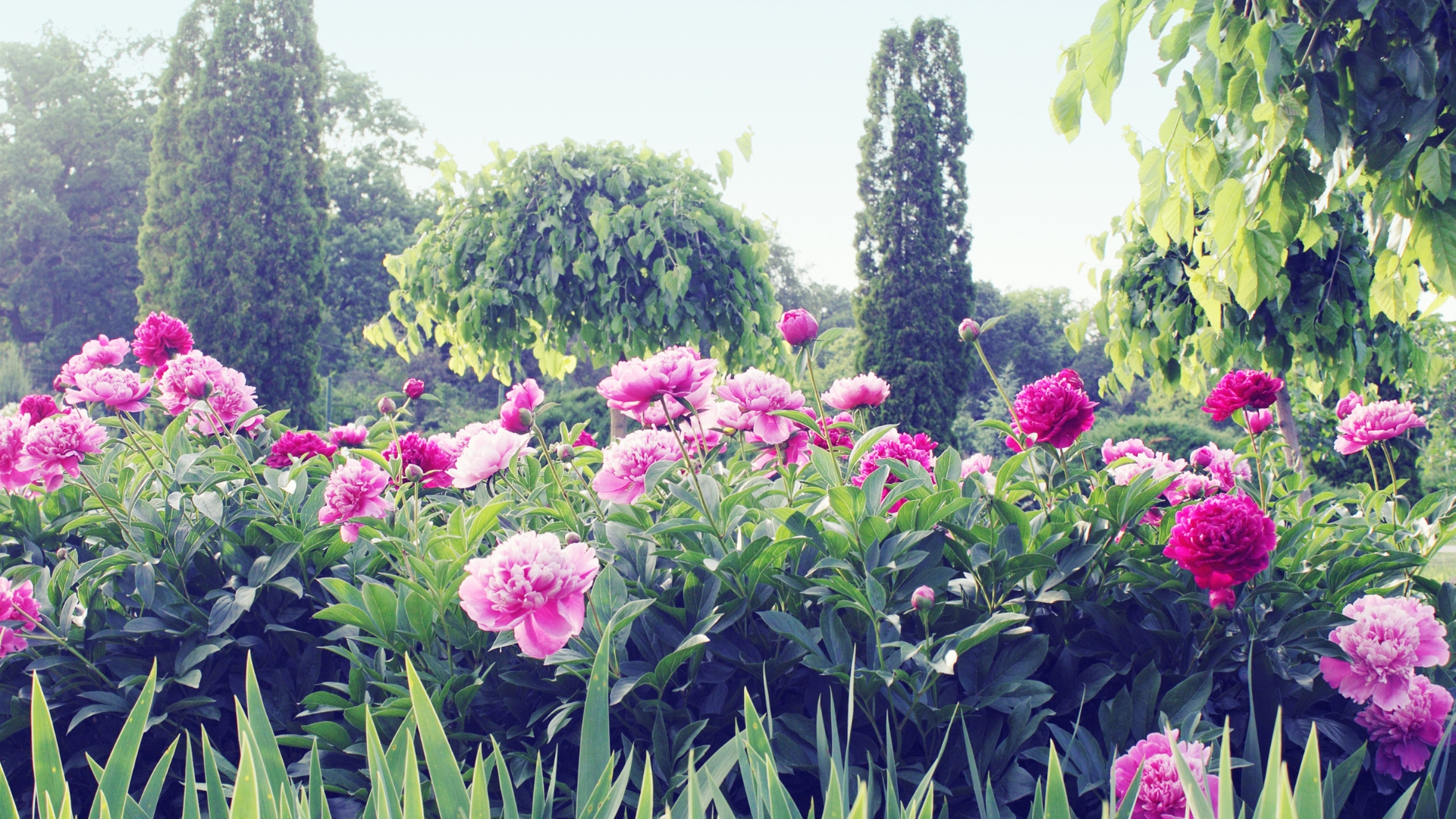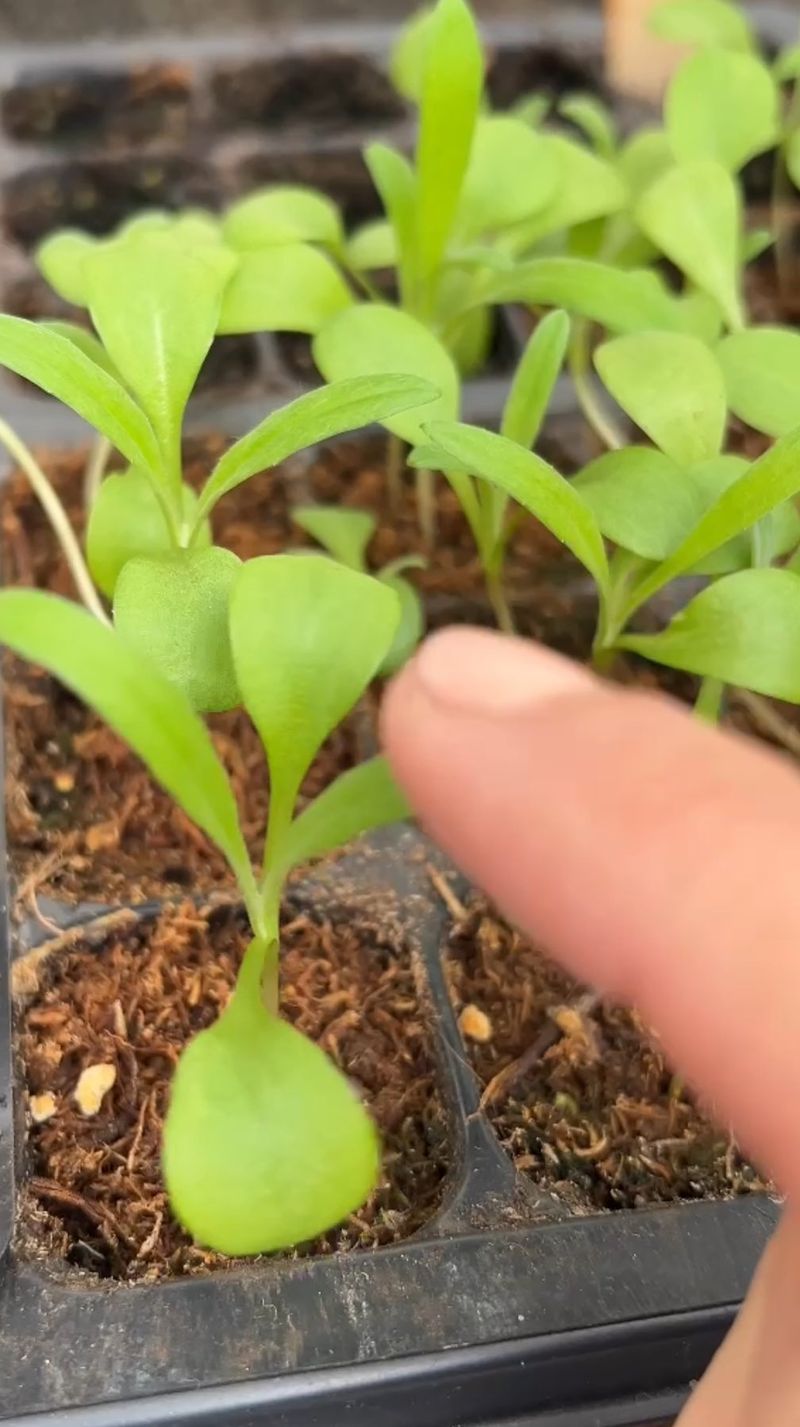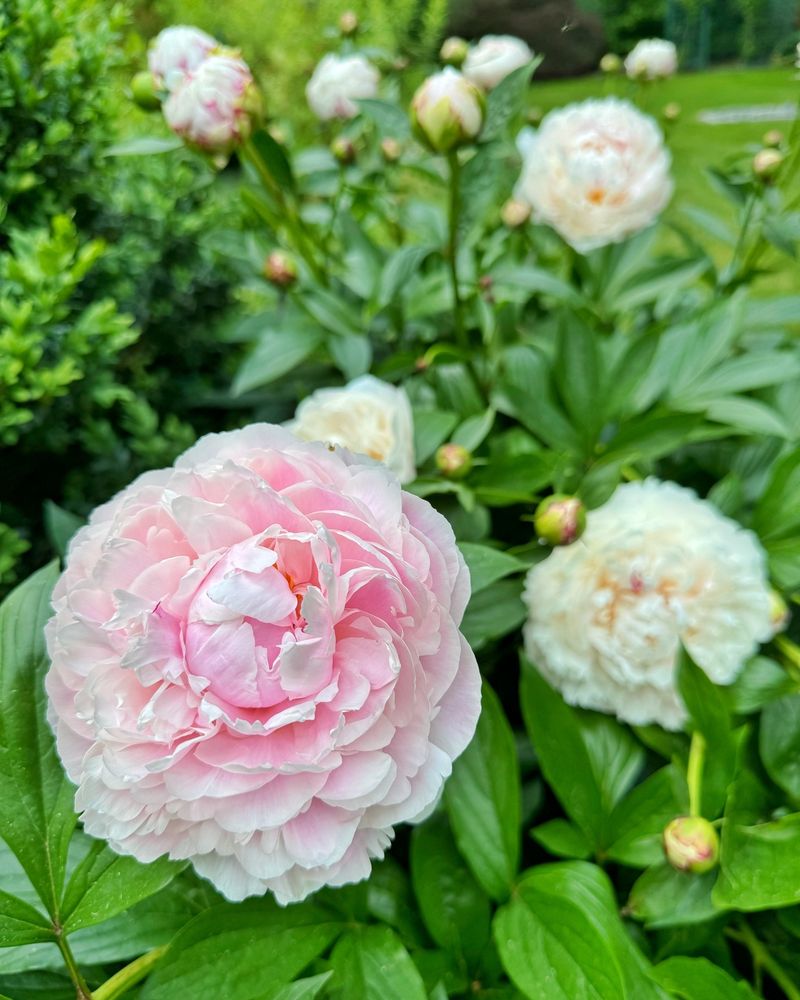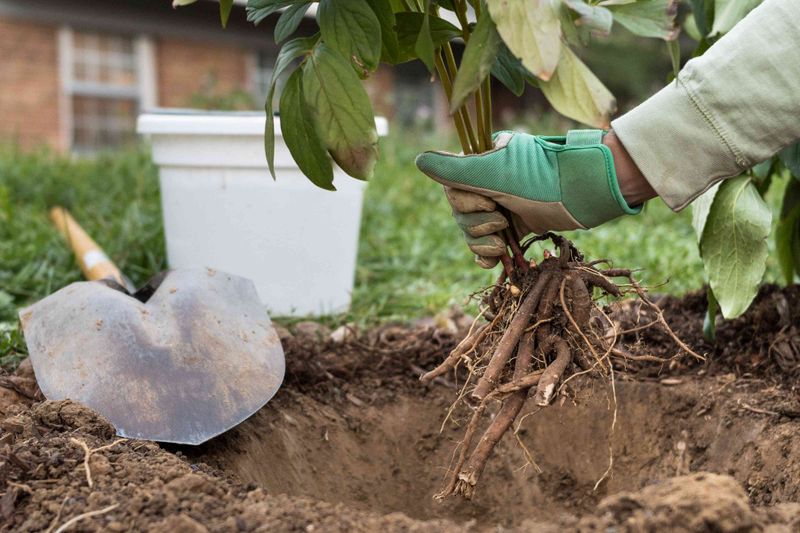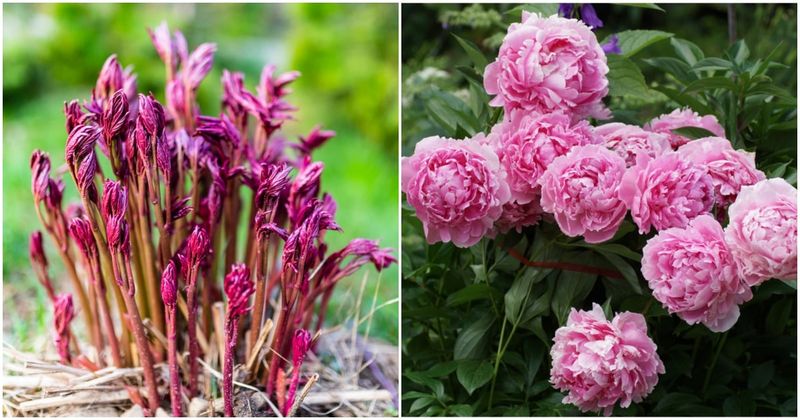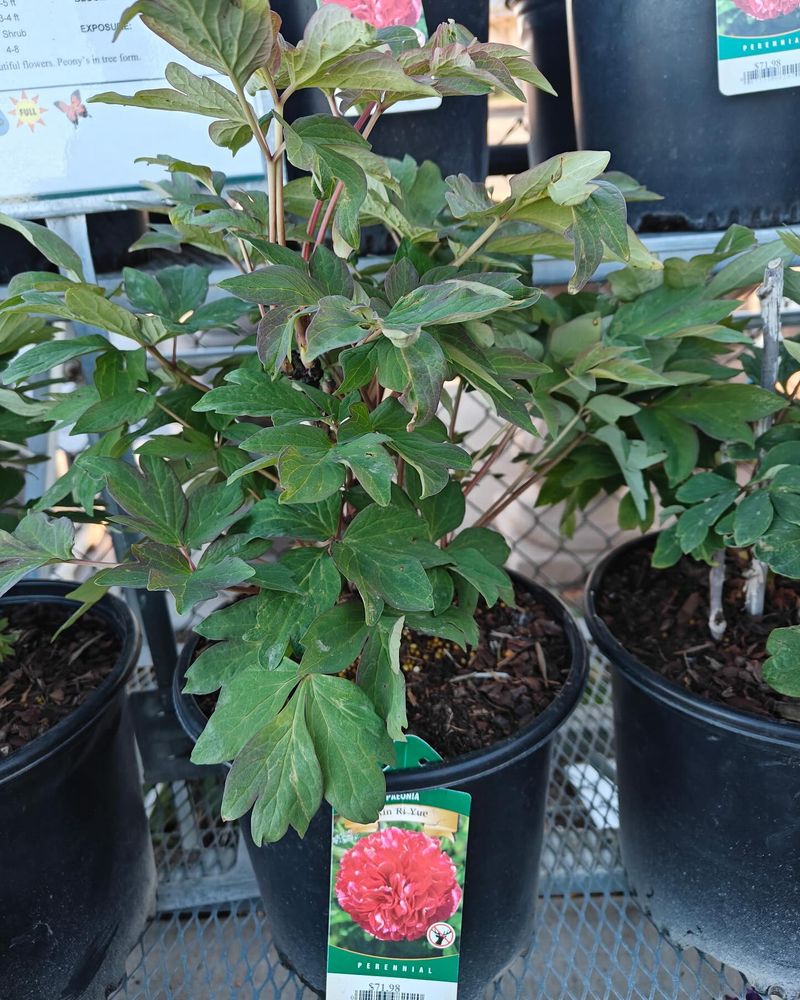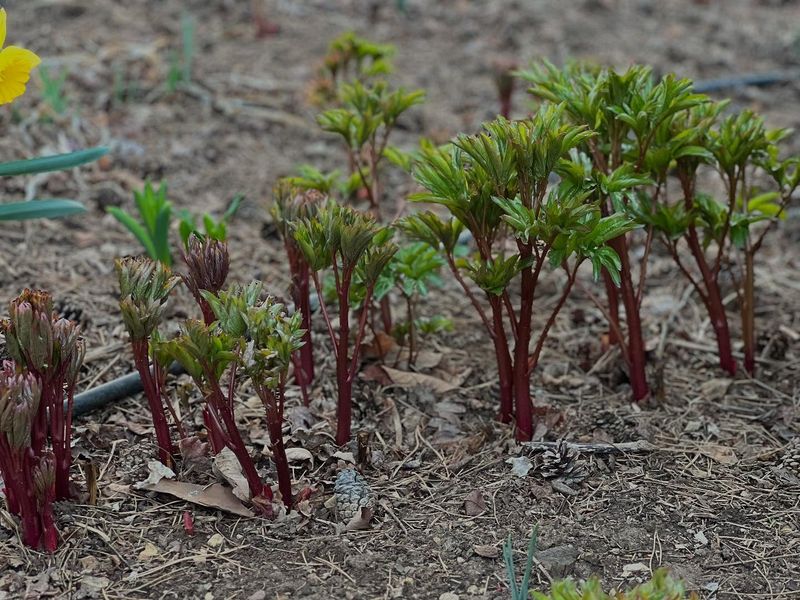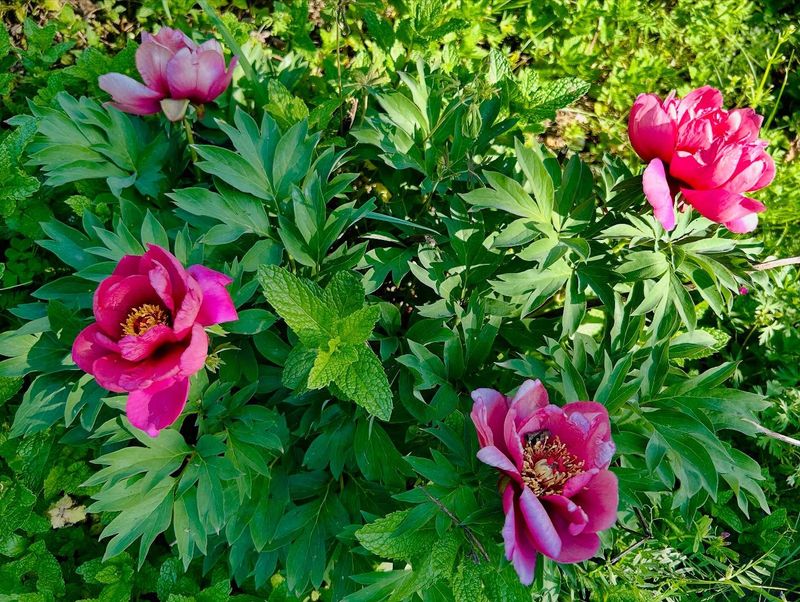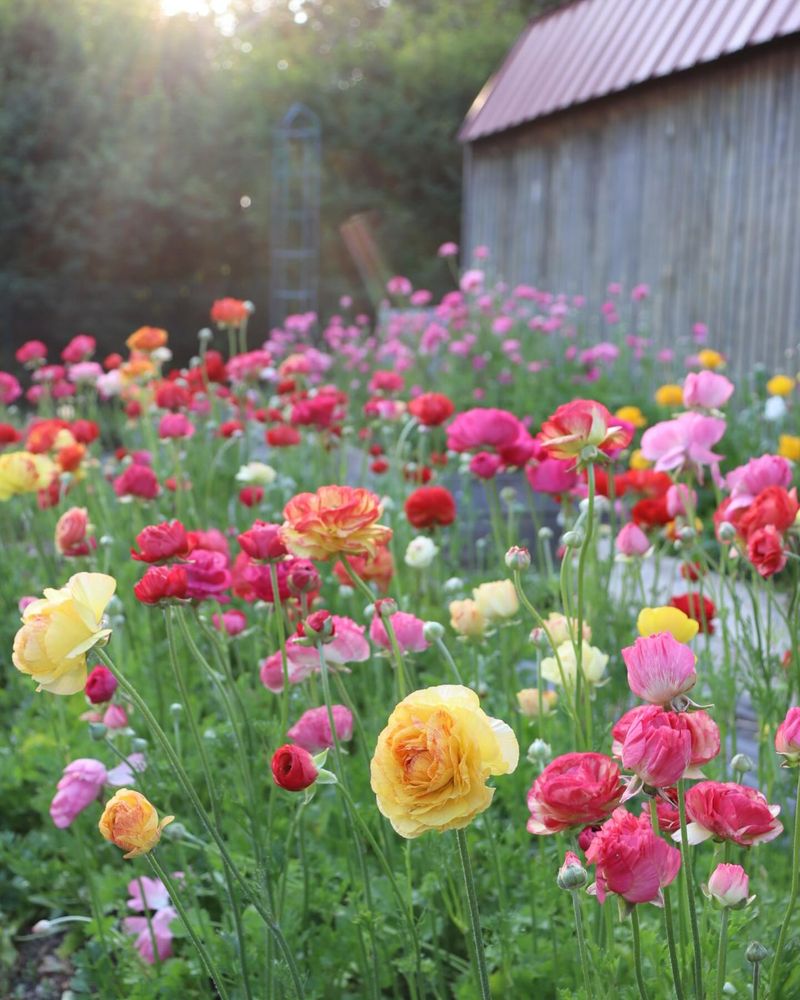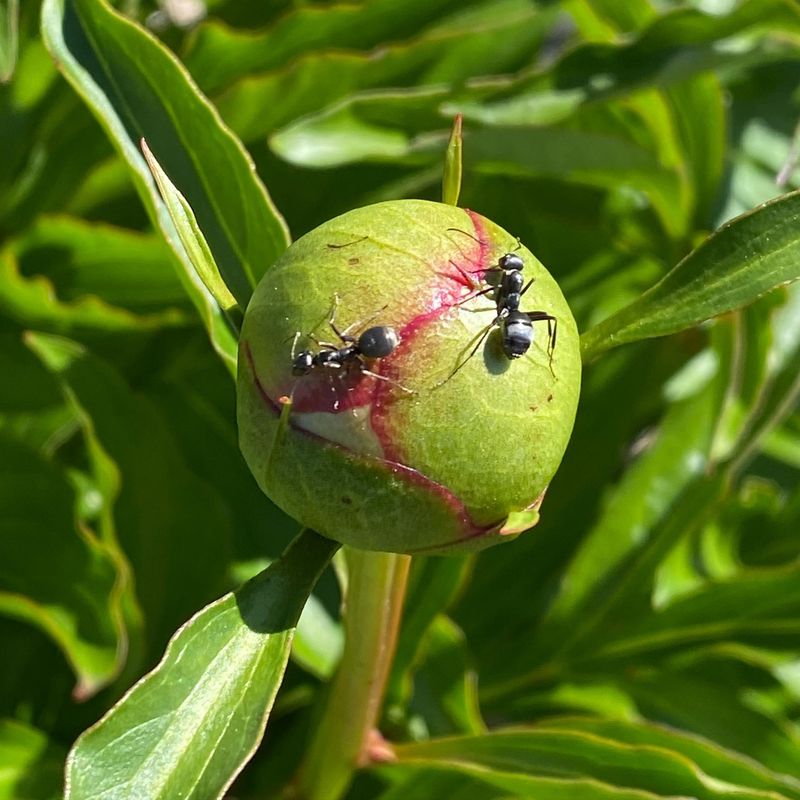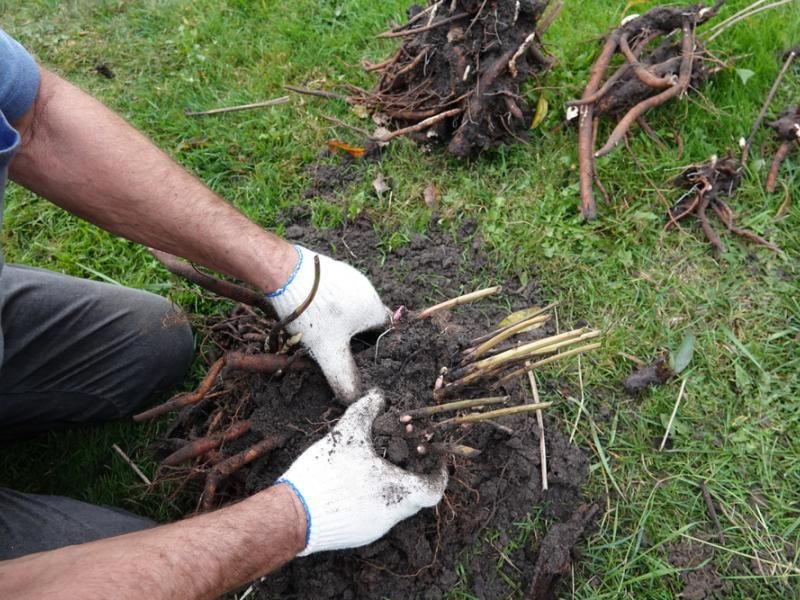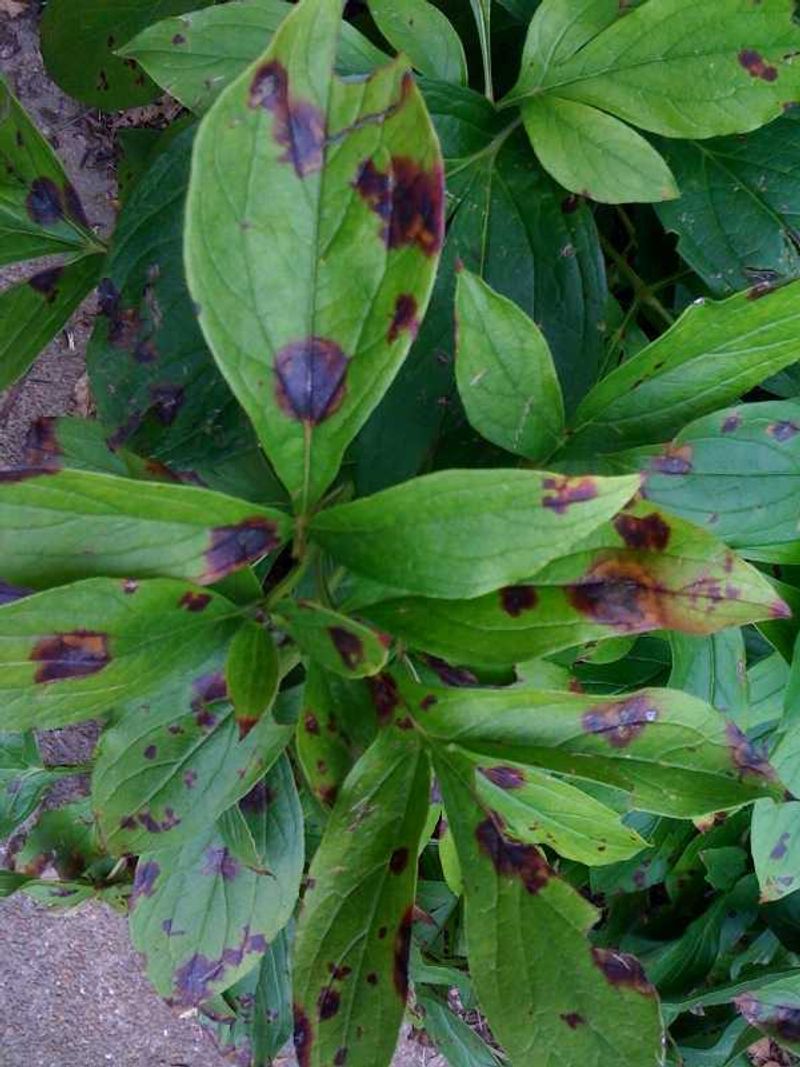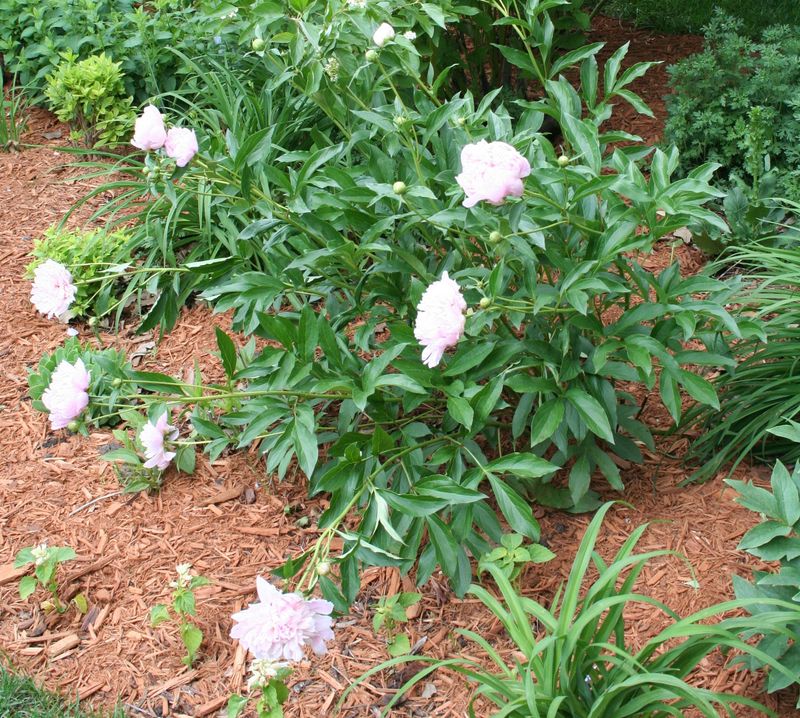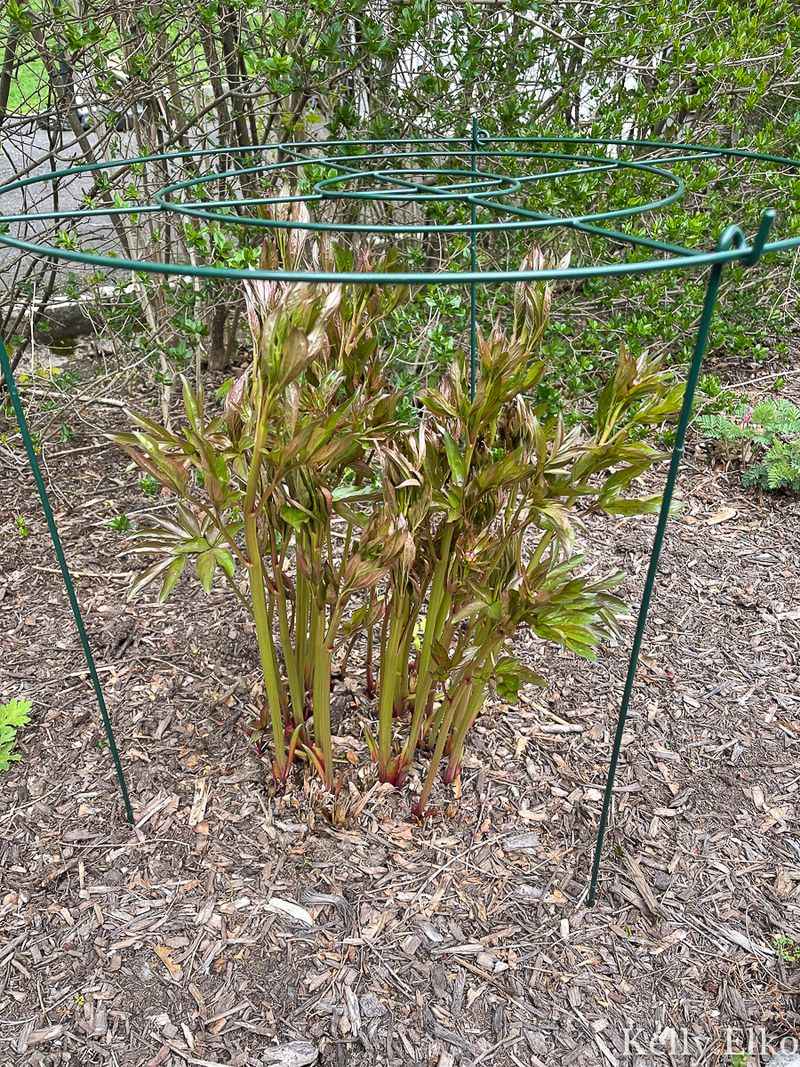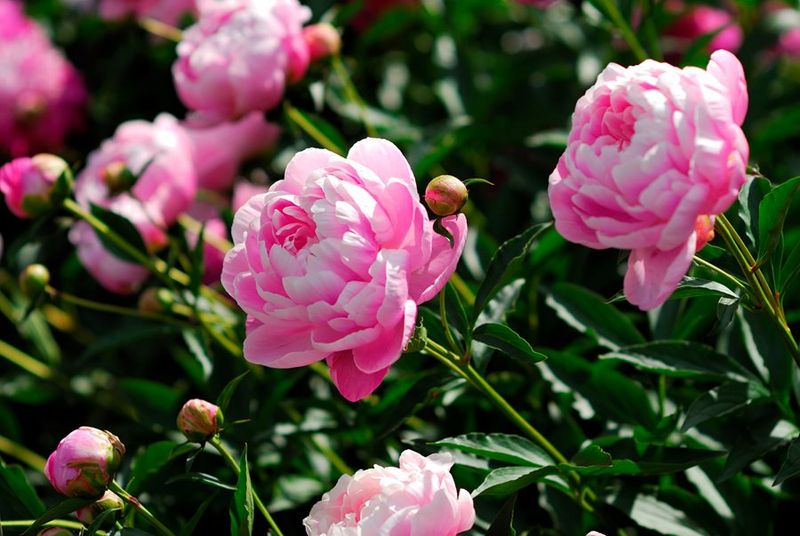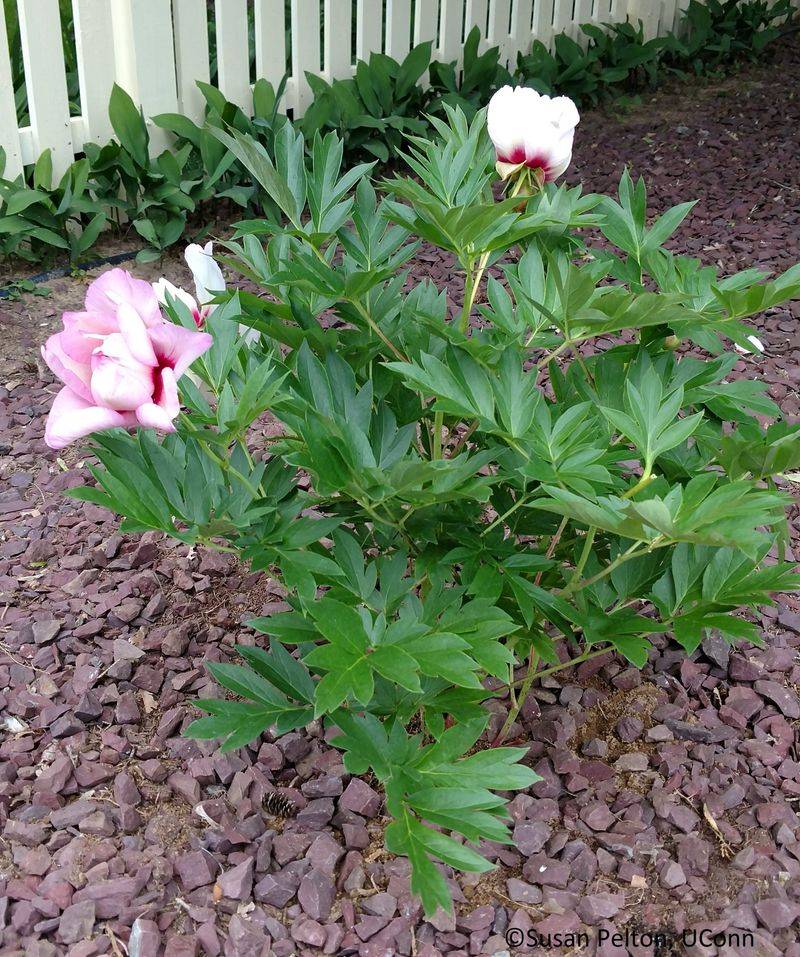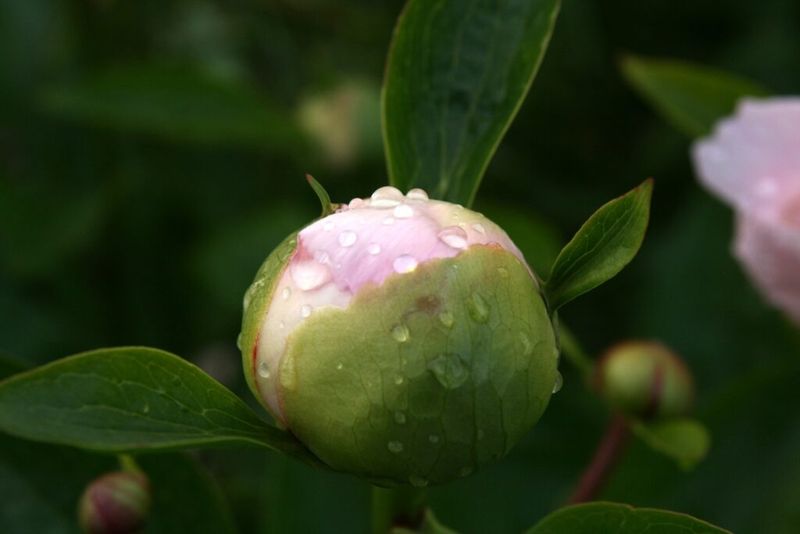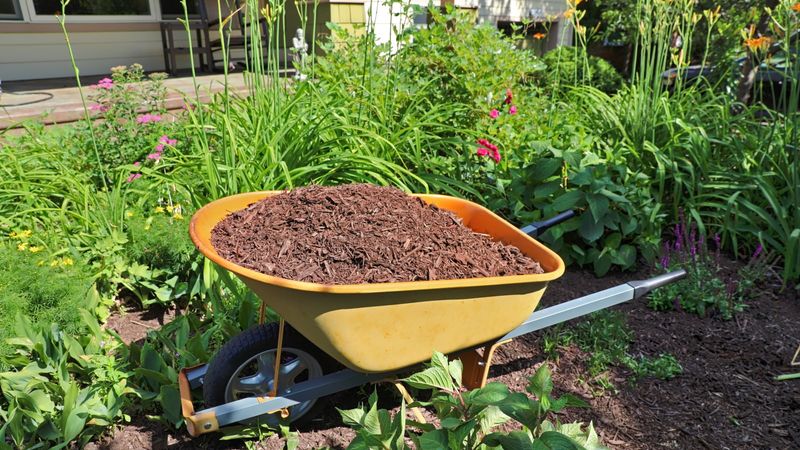Peonies, with their lush blooms and captivating fragrance, are the crown jewels of many gardens. Yet despite their hardy nature, these perennial favorites can sometimes refuse to flower, leaving gardeners scratching their heads in frustration. Whether you’re a seasoned green thumb or just starting out, avoiding these common mistakes will help transform your stubborn peony plants into the showstoppers they were meant to be.
1. Planting Too Deep
Burying peony roots like hidden treasure is a rookie mistake that costs you those gorgeous blooms. The eyes (growth buds) need to be just 1-2 inches below soil level, not tucked away in the depths where they can’t feel the seasonal changes properly.
Sunlight needs to reach those eyes to trigger the blooming process. If your peonies are all leafy shows with no floral finale, grab a trowel and carefully check their depth. Many nurseries actually ship them pre-planted too deep!
A simple autumn adjustment can make all the difference for next spring’s display. Just carefully dig around your plant, lift it slightly, and reset it at the proper depth with eyes pointing upward.
2. Too Much Shade
Your sun-loving peonies can’t perform their blooming magic in the shadows. These beauties require at least 6 hours of direct sunlight daily to store enough energy to produce those spectacular flowers everyone envies. Watch your garden throughout the day to track sun patterns.
Trees that were small when you first planted might now be casting shade where brightness once reigned. Houses, fences, and neighboring structures can also create unexpected shadow zones as seasons change. Moving a mature peony isn’t ideal but sometimes necessary.
Fall transplanting gives them the best chance to recover and bloom the following year or two. Choose a spot where morning sunlight bathes them generously.
3. Poor Drainage
Soggy soil turns peony roots into a mushy mess, spelling disaster for future blooms. These plants absolutely hate wet feet, preferring well-draining soil where water moves through rather than pooling around their roots.
Heavy clay soil is often the culprit behind drainage issues. You might notice your peonies struggling after rainy periods or showing signs of root rot – yellowing leaves and stems that feel soft at the base. This moisture overload prevents them from developing healthy flower buds.
The fix involves amending your soil with coarse sand, compost, or even raising the bed slightly. For established plants, carefully dig a trench around them (keeping a safe distance) and add drainage material beneath and around the root zone.
4. Over-Fertilizing
Bombarding peonies with fertilizer won’t fast-track those gorgeous blooms – it actually backfires spectacularly. Excessive nitrogen promotes lush, green foliage at the expense of flowers, leaving you with a bushy plant that refuses to produce a single bud.
Balance is key when feeding these perennial beauties. A light application of low-nitrogen fertilizer (look for higher middle and last numbers on the package) in early spring gives them just what they need. Bone meal or a rose fertilizer works perfectly for peonies without pushing excessive leafy growth.
Skip the fertilizer completely if your soil is already nutrient-rich or if you’ve recently added compost.
5. Impatience With Young Plants
Garden centers rarely mention that peonies are the marathoners of the flower world, not sprinters. After planting, these perennials often need 3-4 years to establish their extensive root systems before putting on a proper flower show.
First-year plants typically produce few blooms or none at all. This doesn’t mean something’s wrong – it’s actually completely normal! Your peony is wisely investing energy underground, developing the strong foundation needed to support decades of flowering.
Rather than worrying about immediate blooms, focus on helping your young plant establish healthy roots. Water consistently during dry spells, keep the area weed-free, and resist the urge to move it repeatedly.
6. Cutting Back Too Early
Snipping peony foliage in summer robs the plant of its solar panels when they’re needed most. Those green leaves are busy factories converting sunlight into energy reserves that fuel next year’s flower production. After blooming finishes, your peony still has important work to do.
The photosynthesis happening in those leaves throughout summer and early fall is storing energy in the roots. Cutting back too soon interrupts this process, resulting in fewer blooms next season.
Hold off until the leaves turn yellow or brown in late fall before bringing out the pruners. This timing ensures your plant has maximized its energy storage and is naturally beginning dormancy.
7. Competition From Nearby Plants
Peonies don’t play well with others when it comes to sharing underground resources. Their extensive root systems need exclusive access to water, nutrients, and space – something they can’t get when surrounded by aggressive neighbors.
Trees and shrubs are particularly problematic companions. Their thirsty roots can extend far beyond their canopy, silently stealing resources your peonies need. Even seemingly innocent perennials planted too close can create fierce underground competition that leaves your peony too exhausted to bloom.
Give these flowering divas at least 3-4 feet of dedicated space in all directions.
8. Planting At The Wrong Time
Timing is everything when tucking peony roots into their new homes. Fall planting (September through October) gives these perennials the best head start, allowing them to establish roots before winter without the stress of having to bloom immediately.
Spring-planted peonies often struggle during their first summer. The double challenge of growing roots while also trying to adapt to the heat puts tremendous stress on the plant.
This timing confusion frequently results in delayed blooming for a year or more. Container-grown peonies are somewhat more forgiving about planting time, but even these prefer fall settlement.
9. Ignoring Ants
Those tiny ants crawling over your peony buds aren’t villains – they’re valuable partners in the blooming process! Contrary to popular myths, peonies don’t actually need ants to open, but the relationship is still beneficial for both parties.
Peony buds secrete a sweet nectar that attracts ants, who in turn protect the developing flowers from harmful insects that might damage them. This natural security system helps ensure your buds develop properly instead of being nibbled by potential pests.
The ants are simply enjoying the sugary feast while providing free pest control. Resist the urge to spray or wash them away. Once the flowers open, the nectar source disappears, and the ants naturally move on to other food sources.
10. Improper Division
Dividing peonies isn’t like splitting most perennials – timing and technique matter tremendously. Fall is the only appropriate season for this delicate operation, giving divided sections enough time to establish before winter without the pressure to bloom immediately.
Using sharp, clean tools is non-negotiable. Each division needs 3-5 eyes (growth buds) to succeed, not the tiny fragments many gardeners mistakenly create. Smaller pieces either fail entirely or take many extra years to recover enough strength to bloom.
After division, replant immediately at the correct depth with eyes just 1-2 inches below soil level. Even perfectly divided peonies typically skip blooming the first year after division while they recover from the shock.
11. Pest Problems
Tiny troublemakers can sabotage your peony’s blooming potential while leaving few obvious clues. Thrips and nematodes are particularly sneaky culprits, damaging buds before they ever have a chance to open while remaining nearly invisible to the naked eye.
Botrytis blight, a fungal disease, causes young buds to turn brown and shrivel just as they’re developing. This heartbreaking condition often strikes during damp, cool springs when air circulation around plants is poor.
The disappointment of watching promising buds blacken instead of bloom is all too common with this stealthy disease. Prevention through good sanitation makes all the difference.
Remove all foliage in late fall rather than spring, improve air circulation by avoiding overcrowding, and consider a preventative fungicide during particularly wet seasons.
12. Inconsistent Watering
Peonies have a hidden dramatic streak when it comes to moisture levels. Drought stress during critical bud formation periods can cause them to abort developing flower buds entirely, saving their energy instead of producing blooms that would require too much water to sustain.
Spring is especially crucial for consistent moisture. The weeks when buds are forming and developing determine whether you’ll enjoy a flower-filled summer or face disappointment.
During this period, aim for deep, infrequent watering that encourages roots to grow downward rather than shallow, frequent sprinkling.
13. Moving Established Plants
Peonies are notorious homebodies who hate relocating once they’ve settled in. Moving an established plant typically results in a blooming boycott that can last 2-3 years while they recover from the shock and rebuild their extensive root systems.
The transplanting trauma runs deep even when done correctly. Every cut root and disruption to their underground network requires healing time.
During this recovery period, the plant focuses all energy on survival rather than flowering, leaving disappointed gardeners wondering if they’ve killed their beloved perennial.
14. Wrong Variety For Your Climate
Not all peonies are created equal when it comes to climate adaptability. Tree peonies and intersectional (Itoh) varieties have different chill requirements than traditional herbaceous types, creating blooming failures when planted in regions that don’t match their needs.
Herbaceous peonies generally need 400+ hours below 40°F to reset their biological clocks and prepare for spring blooming. Southern gardens with mild winters often leave these varieties confused and bloomless.
Meanwhile, extremely cold northern regions can damage the more tender tree peony varieties before they ever get to showcase their flowers. Research varieties specifically bred for your climate zone before investing.
15. Soil pH Problems
Peonies are surprisingly picky about their soil’s acidity levels. These flowering divas perform their best in slightly acidic to neutral soil with a pH between 6.0 and 7.0, where nutrients remain perfectly available to their roots.
When soil becomes too acidic or too alkaline, critical nutrients become chemically locked away despite being physically present. Your peony might be surrounded by fertility it simply cannot access.
The resulting nutrient deficiencies manifest as yellowing leaves, stunted growth, and most disappointingly, failure to produce flowers. A simple soil test kit from your local garden center reveals this hidden problem in minutes.
16. Bud Removal By Mistake
Those innocent-looking round balls forming on peony stems in early spring are tomorrow’s spectacular blooms in disguise.
Gardeners sometimes mistake these developing flower buds for seed pods or even disease growths, snipping them off during spring cleanup and unknowingly removing the entire season’s flower show. Side buds can be particularly confusing for beginners.
While experienced growers sometimes remove these smaller secondary buds to encourage larger central blooms (called “disbudding”), accidentally removing all buds guarantees a bloomless season. The plant simply doesn’t have time to produce replacements once they’re gone.
17. Forgetting Winter Protection
Winter’s wrath can devastate next year’s blooms long before spring arrives. In colder regions, the freeze-thaw cycles repeatedly push plants upward through a process called frost heaving, exposing the critical eyes (growth buds) that should remain safely below soil level.
These exposed crown areas become vulnerable to killing temperatures, essentially canceling your bloom show months before it’s scheduled to begin. The damage often goes unnoticed until spring when the plant either fails to emerge or grows weakly without flower production.
A simple 2-3 inch layer of loose mulch applied after the ground freezes (not before) creates the perfect winter blanket. Straw, pine needles, or shredded leaves work beautifully.

